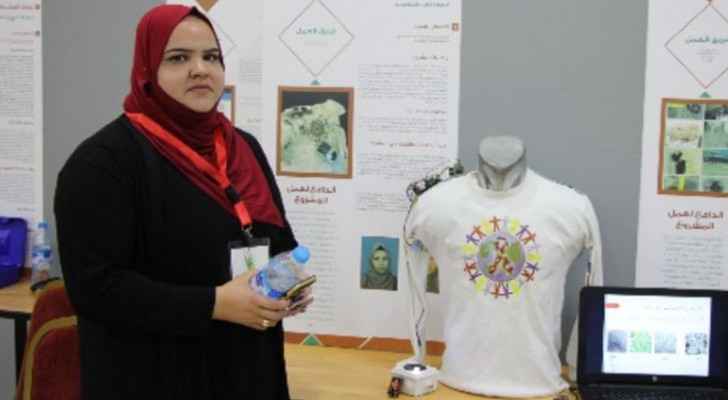Palestinian students change the lives of Autistic children with this invention
Published: 2017-07-30 11:56
Last Updated: 2024-04-25 17:51
Two Palestinian students have invented a t-shirt designed to interact with Autism sufferers.
Saja Adawi and Riham Khafash came up with the innovative design as part of a joint project at Al-Quds Open University in Nablus in the West Bank.
The therapeutic t-shirt helps parents monitor their children up close and from afar.
When worn, the t-shirt operates using two circuits: the first senses the movement of the individual and monitors it; when vibrations due to the child’s anger or tension are recorded, smooth music begins to play to relax the child.
However, should the child fall over or bump into an object, the second circuit, which is connected to a speaker, receives a signal which turns it red and begins to play a warning signal for the child’s parents.
The students explained that the speaker’s colour remains green when the child is feeling fine.
When vibrations are recorded, the speaker turns blue, allowing parents to monitor their child’s status.
Some 1.5 people have been diagnosed with Autism in the Middle East.
The female inventors said that they wanted to come up with a way to help people with the lifelong condition because it has no cure.
“Many Autistic people are much more intelligent in comparison to some of those who don’t have the condition, that’s why we have come up with this idea which will help them adapt to a normal social life and help their parents monitor and protect them,” the students said.
Autism (AutismSpeaks.org)
Autism spectrum disorders (ASD) are characterized by social-interaction difficulties, communication challenges and a tendency to engage in repetitive behaviors. However, symptoms and their severity vary widely across these three core areas. Taken together, they may result in relatively mild challenges for someone on the high functioning end of the autism spectrum. For others, symptoms may be more severe, as when repetitive behaviors and lack of spoken language interfere with everyday life.


